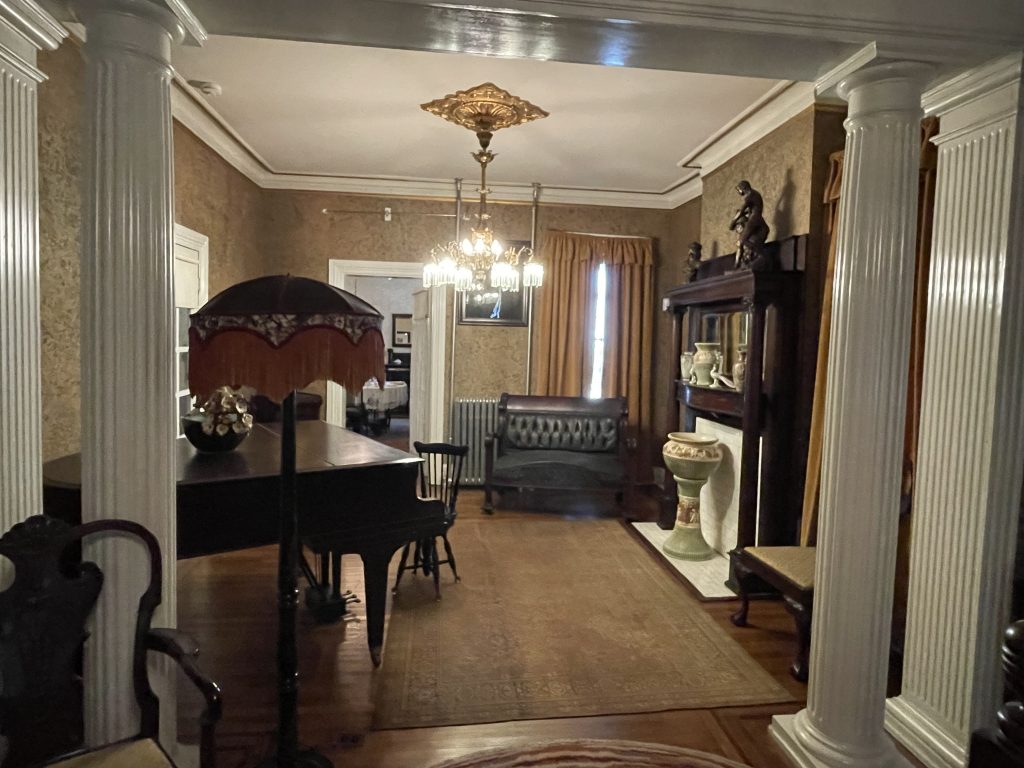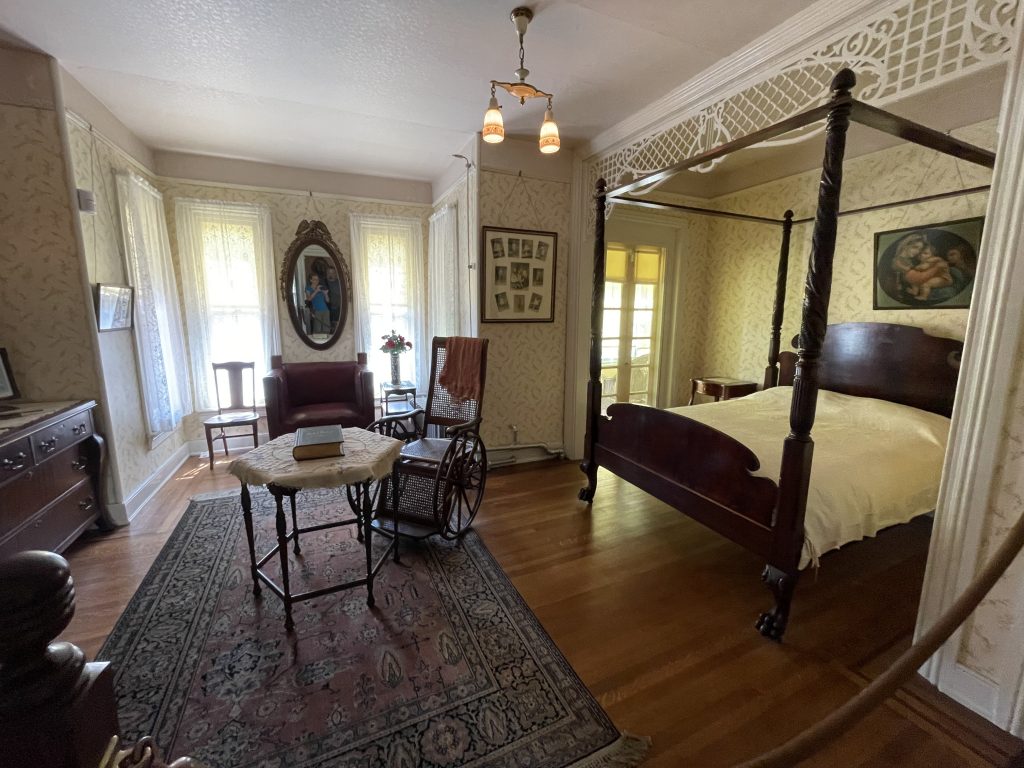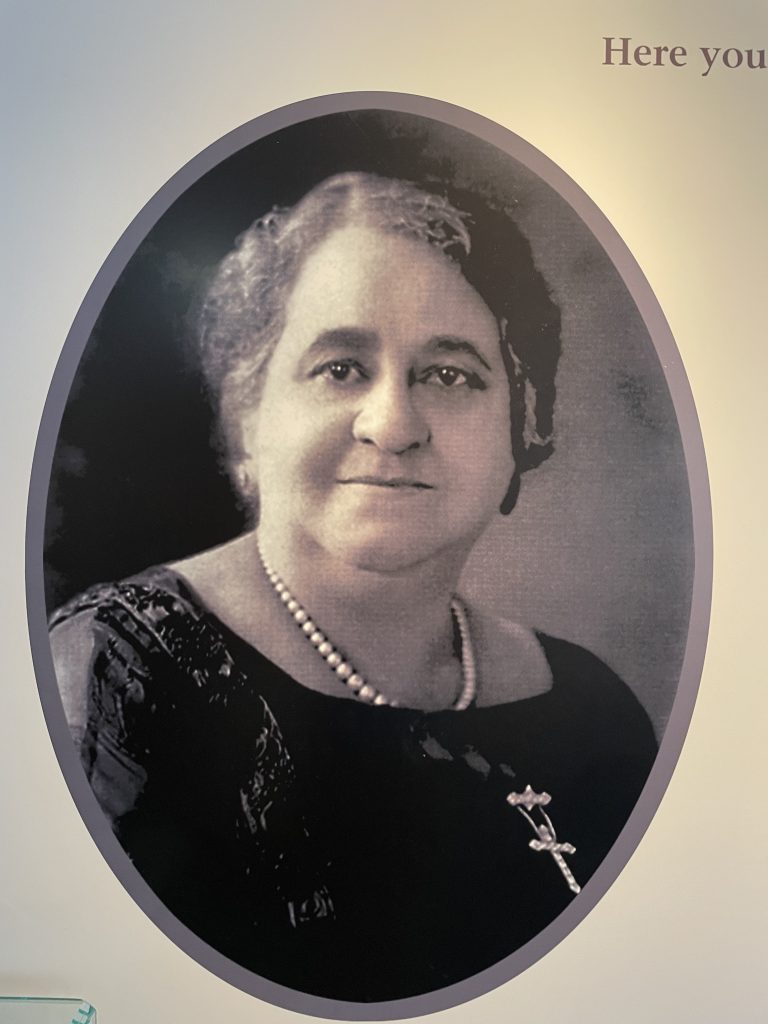
I’m not gonna lie, I’d never heard of Maggie Lena Walker, but the National Park Service made a historic site of her home, and we were in Richmond, Va., so off we trundled for a tour.
Mrs. Walker (1864-1934) had some remarkable accomplishments for a women of the late 19th and early 20th Centuries. In post-Civil War Richmond, she obtained national prominence as a businesswomen and community leader. She was an insurance executive, founded a bank, and was the first woman in the U.S. to be a bank president. Did I mention she was African American and the daughter of a former slave? Yep, she was remarkable.
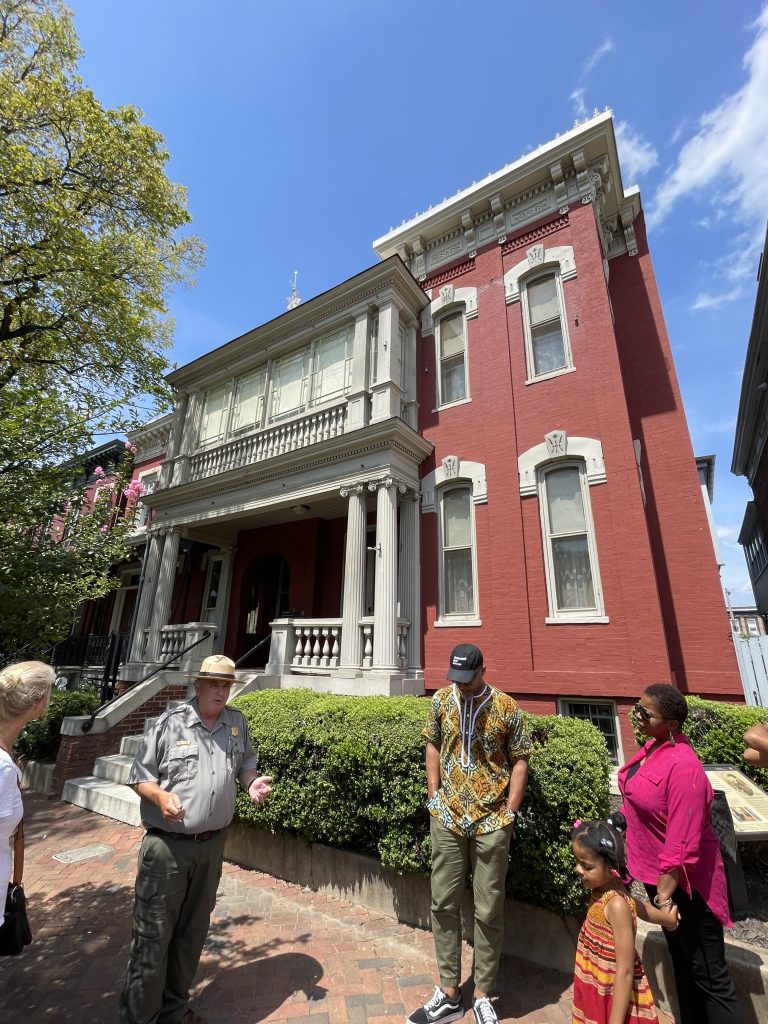
As a teenager, the former Maggie Mitchell joined the local council of the Independent Order of St. Luke, a fraternal society that promoted humanitarian causes and encouraged individual self-help and integrity.
When they ran into financial difficulties and no one wanted to lead them out of those difficulties, she stepped up in 1899 (doing the math, she was 25) and led them to financial solvency, and then into financial security.
In 1902 she established The St. Luke Herald newspaper, and the next year she founded the St. Luke Penny Savings Bank, making her the first African American woman to charter a bank in the United States.
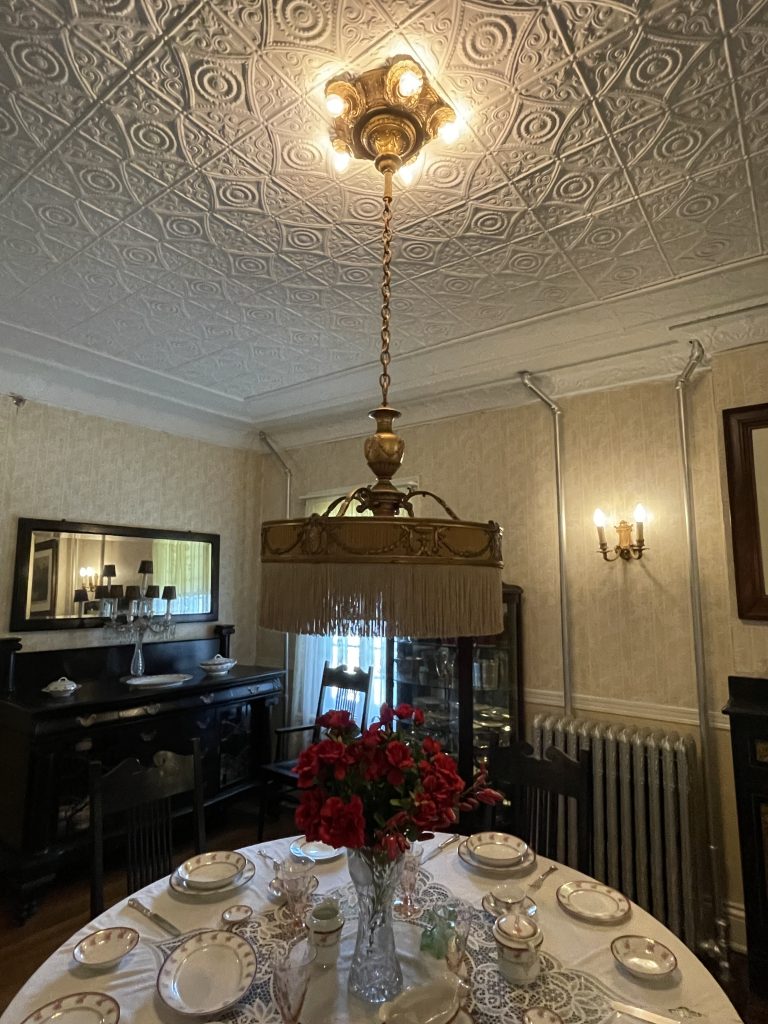
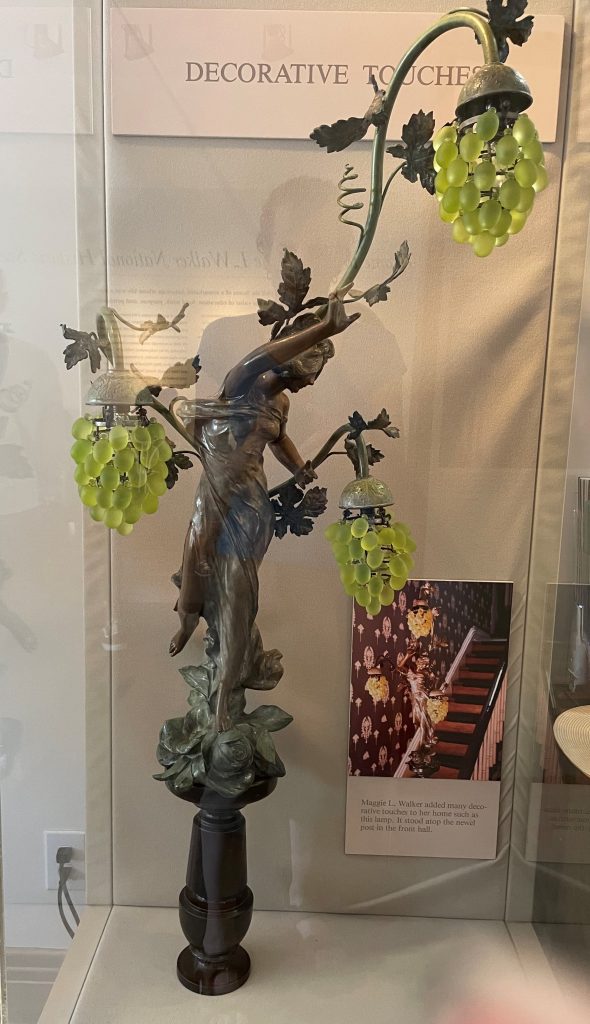

Mrs. Walker recognized that African American women were on the lowest rung of the economic ladder, so she carved out plenty of opportunities for them in her businesses. She was active in civics groups on behalf of women and African Americans.
The two-story Victorian Gothic brick rowhouse in Richmond was not the fanciest we’ve seen, but it certainly spoke of her successes; with additions and alterations over the years, it grew to a whopping 28 rooms, and even had an elevator to help her with her diabetes-related difficulties later in life. The home remained in the family until the National Park Service took over in 1979, so most of the furnishings are original, dating to the 1920s and 1930s.
The tour guide was clearly a fan of Mrs. Walker and made us all admire her, too.
